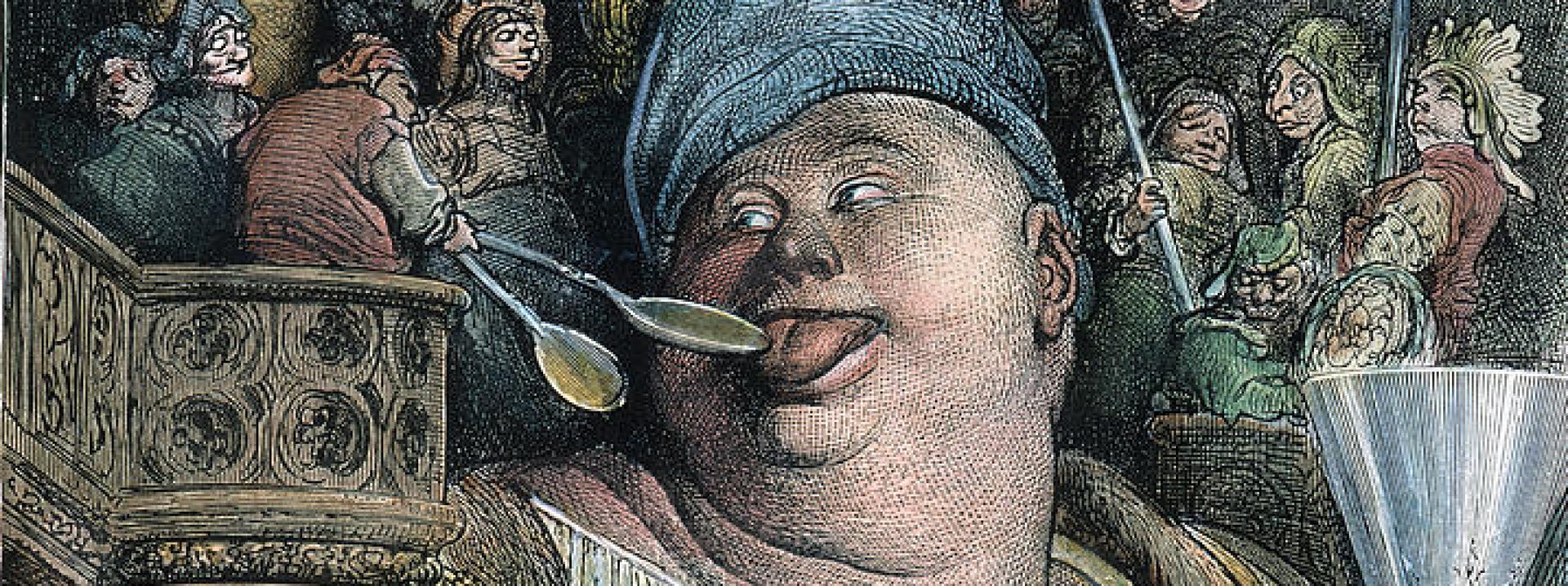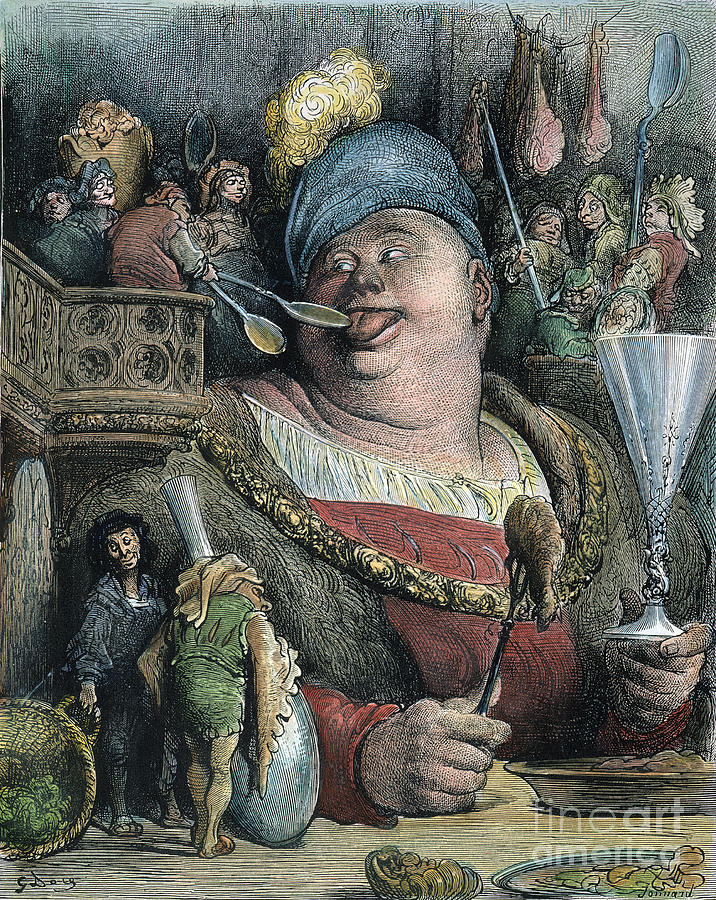At the end of the semester, you will complete a substantial final project on a topic of your choosing connected with the themes and subjects of this course. Although you will have broad freedom to design your own final project, your options for the project will fall into two primary categories: a critical research project, or an artistic response project. You’ll present the results of your final project during the last week of class. Final project presentations will take the form of a roughly 10 minute formal presentation by you, followed by 2-3 minutes of question and answer from the class.
Proposal
Whether you are completing a Plain or a Deluxe Final Project, you must post a proposal for your final project before the start of class on April 14th. This will be visible to the whole class; I’ll provide feedback, and I encourage the rest of the class to do so as well.
Your proposal must be be 200-400 words. It should present your topic or research question if you are doing a critical research paper, or the concept of your creative project. In writing your proposal, consider some of the following questions:
- Where did you get the idea for this project? What interested you in the text or question?
- What work have you done so far on your project?
- What major challenges do you foresee to your work?
- What do you hope you will learn by doing this project?
In addition, your proposal should include a preliminary bibliography: at least 3 secondary sources for a research paper, or 3 artistic models for a creative project. For advice on citations, see the Classics Department Citation Guide.
Plain Final Project
If you are aiming for a 3.0 or below as a final grade in this course, you only need to present your project at the end of the semester; you do not need to submit a polished version after your presentation.
Deluxe Final Project
If you are aiming for a 3.3 or above as a final grade in this course, you need to submit a polished final version of your project. If you choose a research focus, this will take the form of a research paper with bibliography; if you choose a creative focus, this will take the form of the creative work itself, alongside an extended reflection and annotated bibliography of models.
Critical Research Project
For this option, you’ll be conducting an independent research investigation to present an original argument connected to the themes and texts of this course. Once you’ve identified a topic for your paper, you’ll need to spend time gathering and reading contemporary scholarship on your topic, formulate your own argument in response to that reading, and then present your argument in a presentation drawing on both primary and secondary evidence. This is not a quick process that can be postponed to the final weeks of the semester; I encourage you to begin thinking about topics for your paper from the earliest weeks of the term, and to start meeting with me and with our research librarians, and working with our library research guide to do the preliminary work of your research as soon as possible.
Original Argument
Developing a project with an original argument does not mean coming up with a brand new approach to a topic that is totally unlike anything that anyone has ever thought before; it does not mean being divinely inspired with an idea that will revolutionize the entire field of study. Instead, it means taking the arguments that have been made by scholars in the past and adding something new of your own to the conversation. Research in the humanities proceeds by incremental steps: you don’t need to tear down everything that has come before and replace it with something completely new, you need to add your voice to an ongoing discussion by building on others’ work and advancing it further.
The first step in your process should be to identify a topic that you’d like to focus on. This might be a particular author or text, or a particular theme or issue, that you’d like to know more about and where think you might have something important to say. You shouldn’t try to start with the argument itself right off the bat: instead, identify something we’ve been studying in this course that you’re compelled by, and start learning more about it. Identify the text or texts from the syllabus that you’d like to focus on, re-read them, and start noting down what strikes you as interesting, confusing, compelling, offensive, inspiring – what gets your attention as a reader and critic.
As you read and re-read the primary evidence, and begin bringing contemporary scholarship into play (see “sources and models” below), start to identify your research questions. What are you trying to find out about your topic? What aspects do you think warrant further study? What problems have gone unsolved? These questions will help you hone your secondary reading and identify the important critics and scholars you’re engaging with.
Only now you can present an original argument: by taking your research questions, and putting them into dialogue with your primary and secondary reading, you can start to develop your own contribution to the ongoing discussion. When you write your paper, you can recreate this process by clearly explaining what other scholars have said, situating your argument against that background, and then proving your point by citing primary and secondary material.
Sources and Citations
Your research project will need to engage with contemporary research. It will take some time to identify and gather your sources, so the sooner you can begin this work, the better. Once you’ve figured out a topic for your paper and formulated some research questions, you can begin looking for secondary sources that can inform and shape your own research.
The place to begin your search is the course research guide, linked from the course webpage. This guide will help orient you to major resources in the discipline, and equip you to find scholarship related to your topic. Once you have begun working with the guide, I encourage you to meet with Margaret Schaus and/or Semyon Kholkhov, our research librarians, for further help with your search; their contact info is in the right hand margin, and they’ll also be visiting our class.
As you’re reading both primary and secondary sources, make sure you are taking careful notes that will enable you to cite these sources in your project. You can use any citation style you are comfortable with, as long as you use it clearly and consistently. In Classics, primary sources have their own citation styles. Check out the Classics Department Citation Guide here for more help.
The Paper
If you are completing a Deluxe Final Project, you must compose (in addition to your formal presentation) a paper of 1800-2400 words (6-8 double-spaced pages), with clear citations and bibliography. You should submit it as a word document to my email (mfarmer@haverford.edu) by 12pm (noon) on Friday, May 1st.
Artistic Response Project
For this option, you will be creating an original work of art in response to the texts, images, and themes of this course. The choice of medium is up to you: you might consider creating a contemporary version of one of the texts we read, producing a set of images engaging with the ancient art we’ve examined, or exploring the subjects of our course through film, photography, music, painting, sculpture, textile, or other form of creative expression. Once you’ve determined the outlines of your approach, you’ll need to identify a set of other contemporary artistic responses to the texts and themes of our course that can serve as models for your work.
Let me be very clear: the Artistic Response is substantially the more difficult and time-consuming option for your final project. Now is not the time to decide to embark on an entirely new creative outlet: if you are already trained in musical composition, for example, an Artistic Response in which you compose a new piece of music may be feasible during this course; if you’ve been waiting for just the right excuse to learn a musical instrument, go for it, but don’t plan to compose music for your final project this semester! If you are hoping to complete the Artistic Response option for your final project, please meet with me as early as possible in the semester to talk about your plans and make sure they are feasible and appropriate.
Presentation
During the last week of the semester, you should plan to present your creative work to the class. Your presentation should involve sharing the creative work itself, discussing artistic models you identified for your work, and reflecting on how the creative process expanded your understanding of the themes and content of this course (some prompts for this are listed below in the instructions for the reflection essay).
Annotated Bibliography and Reflection Essay
If you are completing the Deluxe version of a Creative Final Project, please submit your list of artistic models in the form of an annotated bibliography. In other words, the list should cite the model as clearly as possible (identifying the author, title, medium, date of creation, and location of publication / display / performance); wherever possible, please include links to whatever online presence the model has. In your annotations, you should briefly describe the artwork, in particular making it clear how it connects to the themes of the course and your own creative work.
In addition to creating the artwork itself, you’ll also need to compose a reflection essay. This essay should be 900-1200 words in length (i.e. 3-4 double spaced pages). In the essay, you should discuss some aspect of each of the following questions, not necessarily in this order or as separate sections:
- How did the artistic models you identified for your project influence your work? What did you find valuable, striking, or moving about them? How did you seek to put your work in conversation with your models?
- What was the process of designing and executing this project like for you as an artist? What challenges did you face? What ideas proved impossible to achieve within the context of the project? What triumphs or moments of inspiration did you experience?
- How would you want your artwork to function as an intervention between a modern audience and the world of ancient Greek sexuality? What would you want your audience to learn or understand about Greek sexuality through your art?
Your Annotated Bibliography of Models and your Reflection Essay should be submitted as a single word document to my email (mfarmer@haverford.edu) by 12pm (noon) on Friday, May 1st. Your artwork itself should also be submitted to me by this deadline; please discuss with me how you would like to submit it. If you submit a physical work to me, I will be happy to return it to you when I have finished grading.

